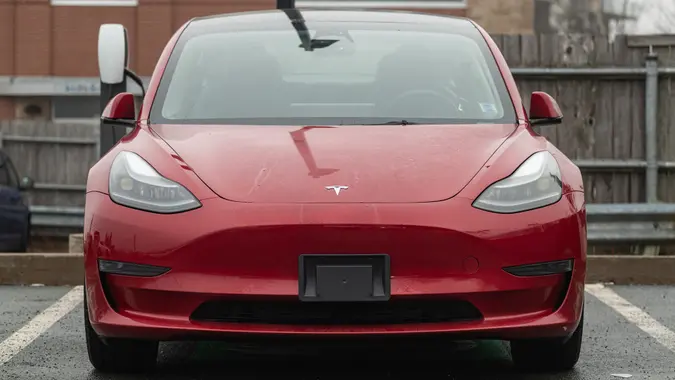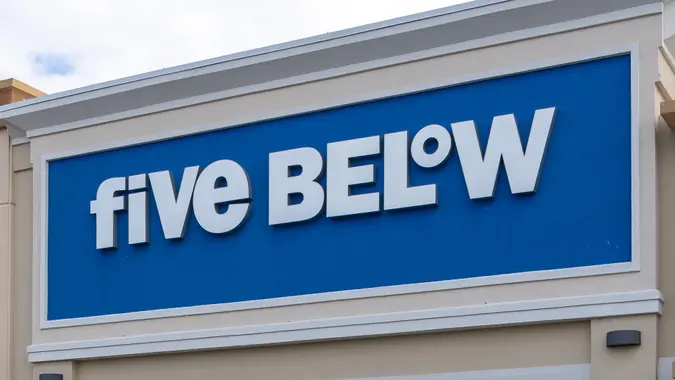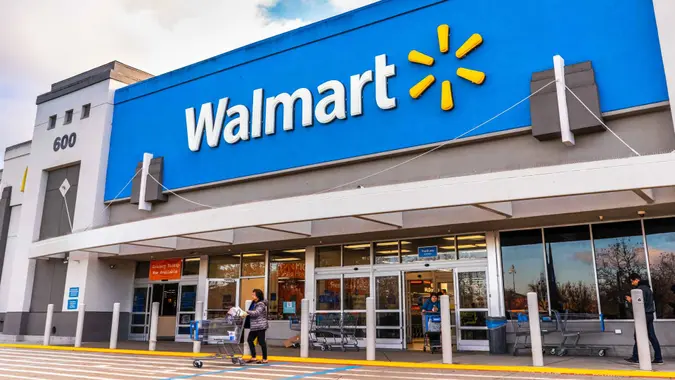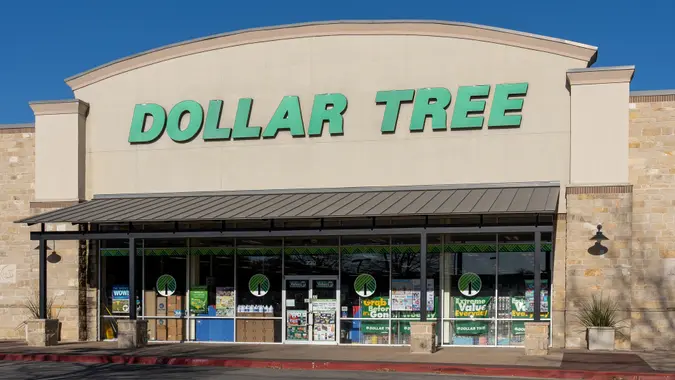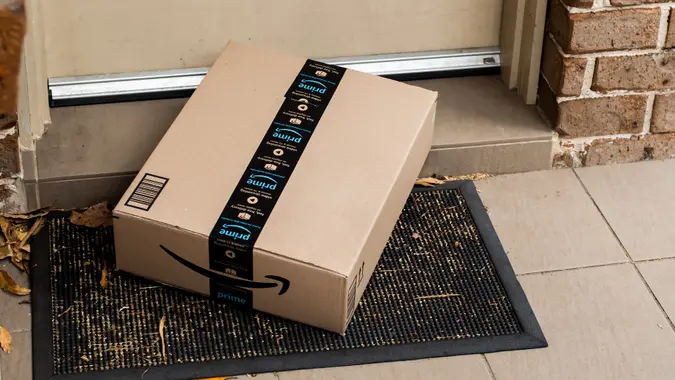5 Reasons Homeowners Are Making ‘Green’ Home Upgrades — Are They Worth the Money?

Commitment to Our Readers
GOBankingRates' editorial team is committed to bringing you unbiased reviews and information. We use data-driven methodologies to evaluate financial products and services - our reviews and ratings are not influenced by advertisers. You can read more about our editorial guidelines and our products and services review methodology.

20 Years
Helping You Live Richer

Reviewed
by Experts

Trusted by
Millions of Readers
With incentives and tax credits still available for energy-efficient home upgrades, more than half of Americans polled by the HVAC company AUX said they are “somewhat committed” to sustainable home upgrades. Another 18% said they are “very committed.”
Even so, the environmental impact isn’t the key driver for these home improvements. More than half (51%) of those polled said the primary reason for considering sustainable options was to reduce energy bills, and 63% cited saving money as the “main benefit” of energy-efficient HVAC systems.
Here are more details on the top reasons homeowners are making green upgrades, as well as how much they could save.
Also see the four best home renovations for long-term value (and the worst).
Why Are Homeowners Making Green Upgrades?
Here are the top five reasons homeowners are making green home improvements, per the survey.
- Saving money (51%)
- Environment (20%)
- Health/air quality (16%)
- Property value (12%)
- Trends (1%)
How Much Can Energy Efficient Upgrades Save Homeowners?
“The desire for immediate financial relief from high energy prices has understandably taken precedence,” said Matt Lacey, vice president of East Cost sales at AUX.
But are these upgrades worth the upfront cost?
The average American pays roughly $2,000 per year on home energy, according to Department of Energy data. Outdated HVAC systems, as well as drafts and air leaks from poorly insulated homes, windows and doors, could account for $200 to $400 of those costs.
The Department of Energy recommends combining a system upgrade with lower-cost upgrades, such as improved insulation and air sealing, along with programmable thermostats, to save money.
Lacey agreed that reducing energy costs doesn’t always have to require a large initial investment. “Regular maintenance, such as cleaning filters to ensure optimal system performance, can extend the life of HVAC systems and maximize their efficiency, reducing energy bills over time,” he said. “Upgrades such as insulation, energy-efficient windows and programmable thermostats provide substantial long-term value by reducing energy consumption.”
Unlock Money for Green Home Upgrades
In spite of the desire to upgrade to more efficient systems, 50% of Americans said that upfront costs are their main barrier preventing HVAC upgrades. Roughly three-quarters said that the high purchase cost makes HVAC upgrades less accessible, while 57% cited installation costs.
“There are several government and energy company rebates designed to reduce these costs,” Lacey said. “Many utility companies [also] offer incentives for upgrading to energy-efficient HVAC systems. Additionally, homeowners can look into financing options that spread out the upfront costs, making these systems more accessible.”
The survey found that 21% of homeowners have no idea these programs exist, while another 41% have heard of them but aren’t sure of the details.
“Homeowners can save money on sustainable HVAC solutions through a combination of rebates, financing options and efficient installation practices,” Lacey said. “These investments not only help homeowners save money but also contribute to a healthier living environment and a more sustainable future.”
More From GOBankingRates
 Written by
Written by  Edited by
Edited by 







